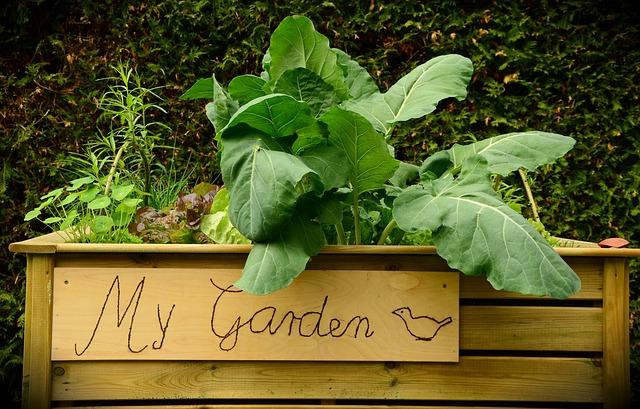Sitting inside, pouring over gardening magazines, and dreaming about my spring garden, I envision acres of land covered in lush, green plants. Each row is teeming with fruits or vegetables, and my family is awed by the bounty of supplies that our garden provides.
When I step outside and face the reality of my yard, however, reality comes crashing back. I don’t have acres of land to work with, and my expanse of lawn is stopped abruptly by the fence that divides my yard from my neighbors (all three of them). To make matters worse, the “dirt” in my yard is more accurately called sand and doesn’t seem to want to grow more than weeds. How can I still achieve the garden of my dreams? With raised beds.
Using raised beds, I can still have rows of plants; they’re just contained in smaller areas.
Seamazing: The Low-Cost Way To Re-mineralize Your Soil
Here are six ways to maximize your raised bed garden this year:
1. Shapes matter
To maximize the space, think rectangle instead of square. Using long, rectangular boxes allows you to easily reach all the plants without having to leave pathways for walking. The benefit? You can fit more plants in your box. Use raised beds that are no more than three feet wide for maximum gardening ease.
2. Location, location, location
If you live in an area where good soil is hard to come by, raised beds allow you to grow plants anywhere. By mixing your own soil, you can grow a bountiful garden in your yard, on concrete patios or elsewhere. Place your raised bed in an area that receives full sun, has easy access to water and is safe from outside forces such as pets, running children or lawn mowers.
3. Spacing
Instead of long rows of plants with spaces in between, stagger your planting rows. A traditional garden uses planting squares to help guide your planning. In your raised bed garden, think triangles. Stagger the rows so that the plants in the second row are in between the plants in the first and third rows, forming triangles. This creates a fuller garden, giving you more production capacity.
4. Companion planting
As you’re developing your garden plan, follow the lead of Native Americans and use “sister” crops. Planting corn, beans and squash together allows the cornstalks to support the beans, while the squash grow happily in the shade provided. Find other compatible plants to group together to provide an assortment of produce. Some other “sisters” are: tomato, basil and onion; carrots, onions and radishes; celery and beets.
5. Succession planting
Want the benefits of your garden to last all season? Plant in cycles. You can capitalize on fast-producers like lettuce by planting a new crop after your harvest. Replace the lettuce with peppers to keep your garden producing longer.
Need Non-GMO Seeds? Get The Best Deals Here!
For even more production, stagger plant dates by using transplants. Grow seedlings by starting them indoors at varying dates. Add plants to your raised bed at two or three week intervals to ensure a continuous supply of produce.
6. Think vertical
Even if you don’t have a large area of ground, your garden can still produce an abundance of food. Just grow up instead of out. Train cucumber and squash to grow up on stakes or trellises. Plant vining crops along one side of your raised bed with sturdy poles, or in the middle using trellises to provide shade or support to other plants.
Are you planning your spring garden? Maybe you’ve decided to try a raised garden bed this year, or you’ve done raised bed gardening in the past, but haven’t been happy with the results. Using these simple tips can help you maximize your raised bed, giving you and your family a rich harvest that can last year-round.
What advice would you add on raised bed gardening? Share your tips in the section below:
Are You Making These Common, Avoidable Gardening Mistakes? Read More Here.
 Off The Grid News Better Ideas For Off The Grid Living
Off The Grid News Better Ideas For Off The Grid Living






